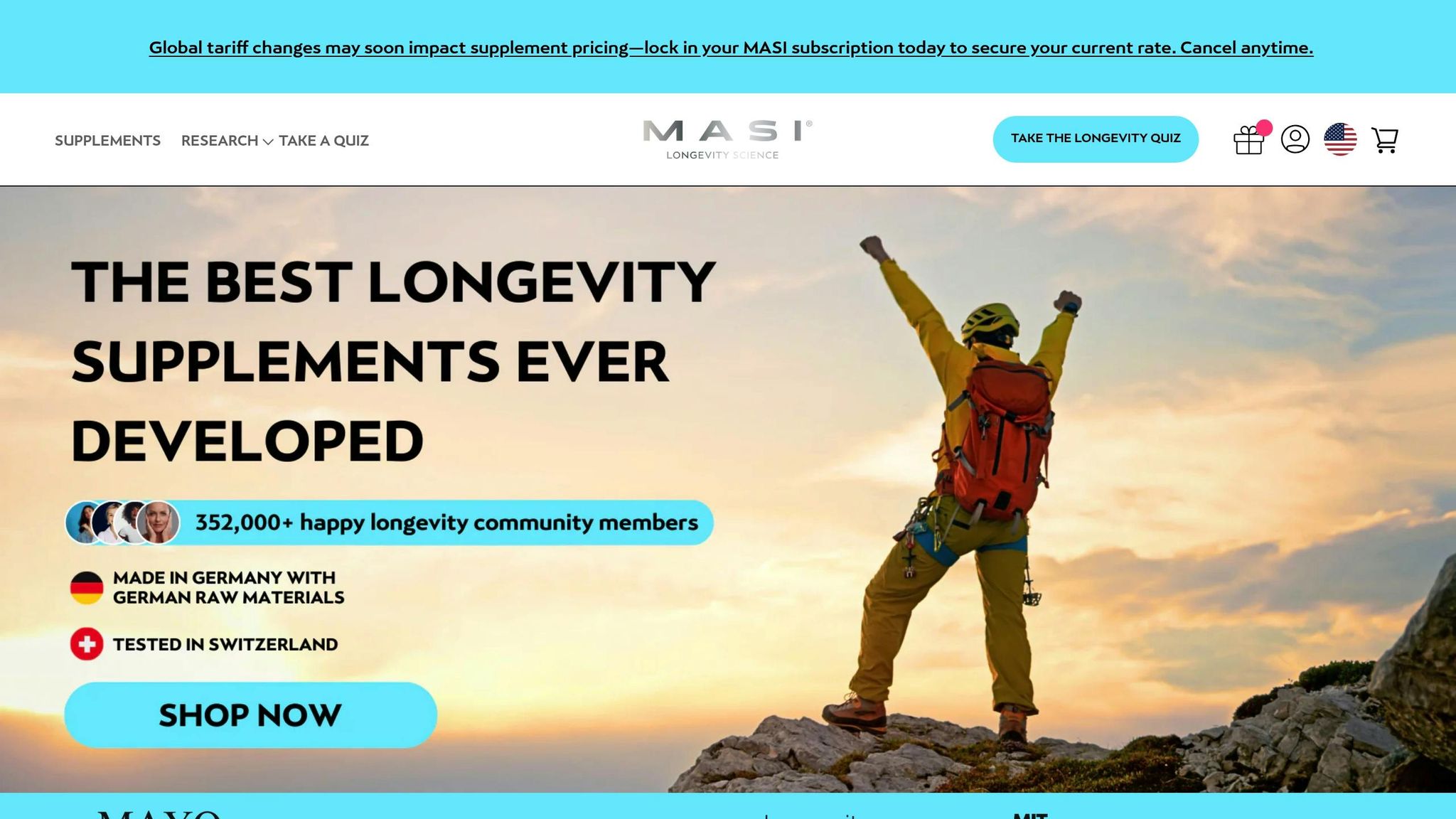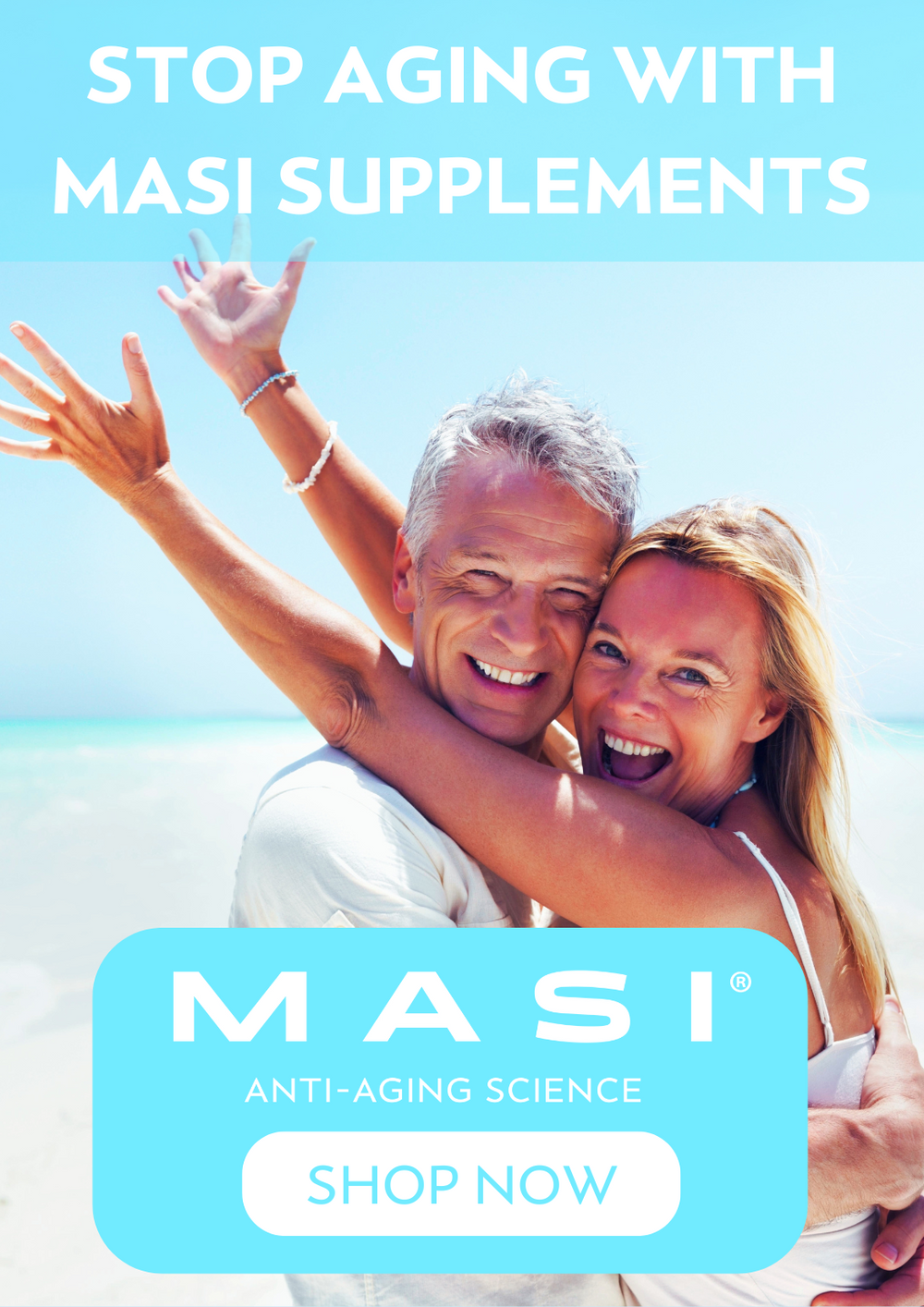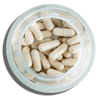Want to use peptides effectively? The way peptides are delivered - sublingually (under the tongue) or orally (swallowed) - affects how well your body absorbs them. Here's what you need to know:
- Sublingual Delivery: Faster absorption, bypasses digestion, but limited to smaller doses.
- Oral Delivery: Convenient for larger doses but struggles with low absorption (≤2%) due to digestive breakdown.
Quick Comparison:
| Delivery Method | Benefits | Drawbacks |
|---|---|---|
| Sublingual | Higher bioavailability, avoids digestion | Limited dose size, slower to peak levels |
| Oral | Easy to use, handles larger doses | Low absorption, enzymes break peptides down |
The best method depends on your goals - choose sublingual for faster effects or oral for convenience over time. Keep reading for detailed insights into how each method works and the latest advancements in peptide delivery.
Sublingual Route of Drug Administration ; Advantages and Disadvantages
How Sublingual and Oral Peptides Are Absorbed
Let’s break down how sublingual and oral delivery methods influence peptide absorption.
Sublingual Absorption Process
Sublingual absorption works through the thin membrane located under the tongue, allowing peptides to enter the bloodstream directly. This route avoids the harsh environment of the digestive system.
Here’s a closer look at the process:
| Phase | Description |
|---|---|
| Initial Contact | Peptides dissolve beneath the tongue. |
| Membrane Penetration | Peptides cross the epithelial barrier. |
| Bloodstream Entry | Peptides bypass first-pass metabolism. |
However, this method isn’t without challenges. The sublingual glands produce a thick, mucinous fluid that can restrict absorption, particularly for larger molecules [4]. Additionally, the tight epithelial layer beneath the mucus acts as a natural barrier that peptides must overcome to reach the bloodstream.
Now, let’s explore how oral delivery compares.
Oral Absorption Process
Oral peptide delivery faces a completely different set of hurdles as it navigates the gastrointestinal tract:
-
Enzymatic Breakdown
Peptides are highly susceptible to enzymes in the digestive system, resulting in bioavailability often below 2% and half-lives of less than 30 minutes [2]. -
pH Variations
The fluctuating pH levels throughout the digestive tract can destabilize peptide structures, making absorption even more difficult. -
Absorption Barriers
The intestinal wall presents several obstacles, including:- A mucus layer made of negatively charged glycoproteins.
- Tight junctions between epithelial cells, limiting entry.
- Poor permeability for larger molecules.
To address these challenges, researchers have developed methods like amino acid substitutions to enhance peptide stability and improve absorption rates [3].
Both methods have their strengths and limitations, but advancements are helping to overcome these barriers.
Absorption Rate and Results Comparison
Absorption Rates
When it comes to how the body absorbs peptides, the method of delivery plays a huge role. Oral administration has a bioavailability of just ≤1–2%, making it less effective. Sublingual delivery, on the other hand, shows better results in animal studies and modest improvements in humans. Here's a breakdown of absorption levels across different species for sublingual leuprolide:
| Delivery Method | Subject | Bioavailability |
|---|---|---|
| Sublingual | Dogs | 46.7% |
| Sublingual | Monkeys | 2.7% |
| Sublingual | Humans | 2.0–2.4% |
| Oral | Humans | ≤1–2% |
Clearly, sublingual delivery offers a step up from oral methods, but the absorption rates vary significantly depending on the species.
Time to Take Effect
The speed at which peptides reach effective plasma levels also differs between delivery methods. For instance, a liquid gastric auto-injector can achieve peak plasma levels within just 30 minutes [6]. Sublingual delivery, however, takes considerably longer - up to 6 hours to reach peak levels in both humans and monkeys. While this slower absorption might seem like a drawback, it could actually be an advantage for therapies requiring sustained release [7].
Effects on Anti-Aging Results
Absorption efficiency has a direct impact on the effectiveness of peptides for anti-aging. As natural collagen levels decrease with age, skin and tissue repair processes slow down [8]. Sublingual delivery offers rapid initial absorption, but newer methods, like buccal delivery, show promise for maintaining steady levels over time.
"For these reasons, the buccal mucosa may have potential for delivering some of the growing number of peptide drugs, particularly those of low molecular weight, high potency, and/or long biological half-life. Development of safe and effective penetration enhancers will further expand the utility of this route." [5]
The choice of delivery method is crucial. Sustained-release formulations, in particular, hold potential for improving long-term cellular repair, which could enhance the overall benefits of peptide therapy for anti-aging.
sbb-itb-4f17e23
Current Problems and Solutions in Peptide Delivery
Building on the earlier discussion of absorption challenges, researchers are tackling the obstacles associated with both sublingual and oral peptide delivery methods.
Challenges with Sublingual Formulas
Sublingual delivery systems encounter significant hurdles. The thick mucinous layer and tightly packed epithelial cells in this area make it especially difficult for larger molecules to pass through and be absorbed effectively [4]. To address these issues, scientists are exploring the use of absorption enhancers and mucoadhesive materials. However, while these techniques show promise, they also come with potential risks and side effects [4].
Improvements in Oral Formulations
When it comes to oral delivery, peptides face a harsh journey through the gastrointestinal tract. To protect these fragile molecules and boost their absorption, several strategies have been developed:
| Strategy | How It Works | Example Application |
|---|---|---|
| pH Modulation | Alters the local environment | Shields peptides from stomach acid |
| Enzyme Inhibitors | Prevents peptide breakdown | Maintains active compounds |
| Permeation Enhancers | Boosts absorption | Improves bioavailability |
| Chemical Modifications | Increases stability | Techniques like PEGylation or lipidization |
Even small improvements in bioavailability have proven to produce clinically meaningful results [9][10]. These advancements pave the way for new delivery systems that could further enhance the effectiveness of peptide-based therapies.
Emerging Methods for Peptide Delivery
Cutting-edge approaches are transforming how peptides are delivered, focusing on improving their stability and absorption. Examples include:
- Nanoparticulate carriers: These systems shield peptides from degradation while enhancing their absorption [10].
- Cyclic cell-penetrating peptides: Compared to their linear counterparts, cyclic peptides offer greater stability, making them a promising option [1].
- Gastric auto-injectors: These devices can deliver peptides directly into the stomach, achieving peak plasma levels within just 30 minutes [6].
Together, these innovative methods are reshaping the landscape of peptide delivery, helping to improve therapeutic outcomes and open new possibilities for treatment.
Conclusion: Best Method for Your Needs
Main Points Review
Deciding between sublingual and oral delivery methods depends largely on factors like how quickly the effect is needed, bioavailability, and dosing limits. Each method has its own strengths and challenges when it comes to peptide absorption and overall effectiveness.
| Delivery Method | Benefits | Drawbacks |
|---|---|---|
| Sublingual | - Fast-acting - Avoids first-pass metabolism - Higher bioavailability - Plasma levels comparable to injections |
- Limited to smaller doses - Requires precise administration - Small surface area for absorption (26.5 ± 4.2 cm²) |
| Oral | - Easier for long-term use - Higher patient compliance - Lower production costs - Handles larger doses |
- Poor bioavailability (1-2%) - Slower absorption - Vulnerable to enzymatic breakdown |
This breakdown highlights the importance of selecting a delivery method that suits individual needs. As one expert put it:
"When a quick onset of action is required and higher patient compliance is sought than with oral medications, the sublingual route can be helpful" [11].
MASI Longevity Science and Peptide Development

MASI Longevity Science leverages cutting-edge formulation techniques to refine peptide delivery. Their products are crafted with pharmaceutical-grade raw materials, manufactured in Germany, and undergo stringent independent testing in Switzerland to ensure both purity and safety.
Their work reflects broader pharmaceutical trends, with protein-based drugs now accounting for 20% of the global market [4]. MASI focuses on:
- Maintaining peptide stability under various conditions
- Enhancing bioavailability
- Conducting thorough third-party testing
Ultimately, the best delivery method depends on your priorities - whether it's speed, dose size, or convenience. MASI Longevity Science is committed to helping you achieve optimal results.
FAQs
What should I consider when deciding between sublingual and oral peptide delivery?
When choosing between sublingual and oral peptide delivery, there are several key points to consider:
- Bioavailability: Sublingual delivery often leads to better absorption since it skips the digestive system and liver metabolism. This allows for faster uptake and quicker effects, making it a more efficient choice for certain peptides.
- Ease of use: Sublingual methods are particularly helpful for people who struggle with swallowing pills, such as children or older adults. Plus, they tend to work faster, which can enhance the overall experience.
- Peptide stability: Some peptides may degrade or lose effectiveness when processed through the digestive system. Sublingual formulations can help maintain their potency, ensuring they deliver the intended benefits.
The best option will depend on your specific goals, the type of peptide, and your personal preferences. For reliable results, consider high-quality products like those from MASI Longevity Science, designed to promote vitality, support cellular health, and enhance overall well-being.
What are the benefits of sublingual peptide delivery compared to oral methods for anti-aging treatments?
Sublingual peptide delivery stands out as a game-changer compared to traditional oral methods, particularly in the realm of anti-aging treatments. By allowing peptides to absorb directly into the bloodstream through the tissue under the tongue, this method avoids the gastrointestinal system, where peptides often break down and lose their effectiveness. The result? Higher absorption rates and quicker results, making treatments more impactful.
Studies reveal that sublingual delivery can reach bioavailability rates as high as 36.2%, compared to just 24.8% for oral administration. On top of that, advancements such as nanoparticulate delivery systems are improving peptide stability and efficiency even further. These innovations ensure peptides stay active and deliver their full potential, supporting the cellular renewal and vitality that are central to MASI Longevity Science's dedication to advancing anti-aging therapies through rigorous scientific innovation.
What new methods are being developed to enhance peptide absorption and stability?
Researchers are exploring new ways to make peptides more effective for therapeutic use by improving their absorption and stability. Techniques like lipidation and cyclization are being used to protect peptides from enzymatic breakdown and enhance their ability to be absorbed by cells. These chemical tweaks help peptides stay active in the body for longer periods, increasing their effectiveness.
On top of that, modern delivery systems such as nanoparticles and encapsulation technologies are being designed to shield peptides as they move through the digestive system. These approaches aim to improve bioavailability, ensuring that a greater amount of the peptide reaches its intended target and performs as expected. Together, these advancements are opening up new possibilities for peptide-based therapies in healthcare.




